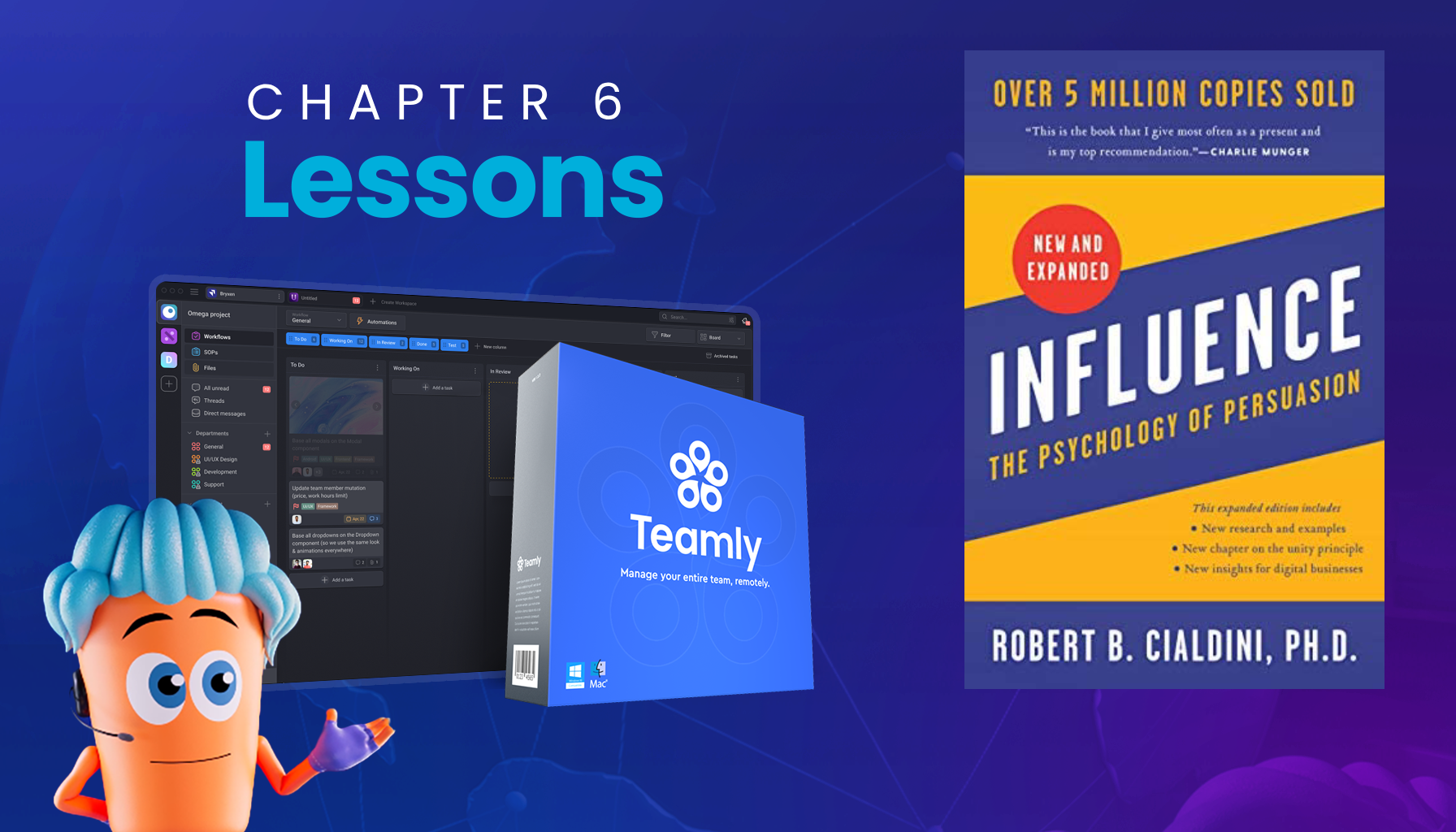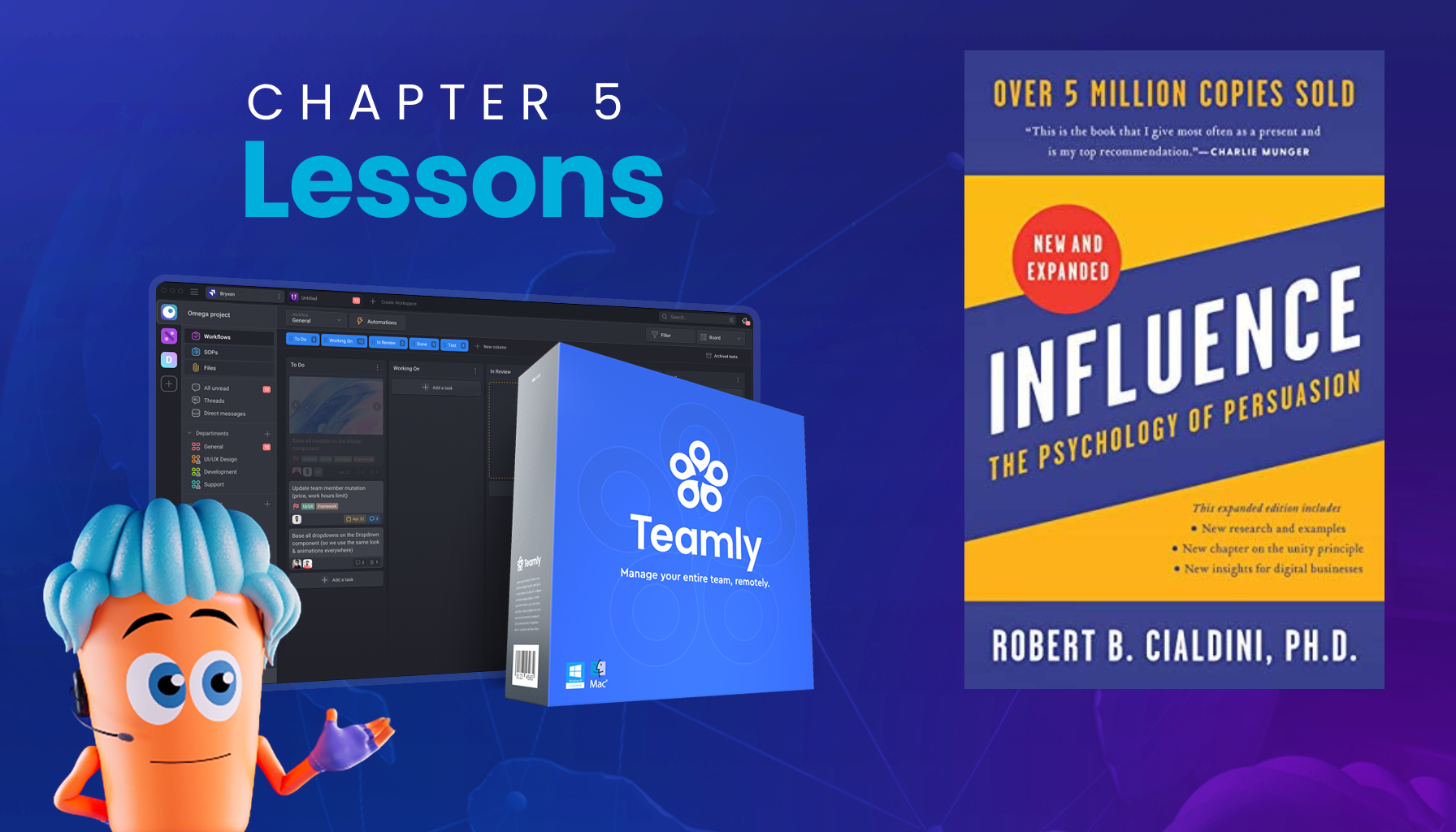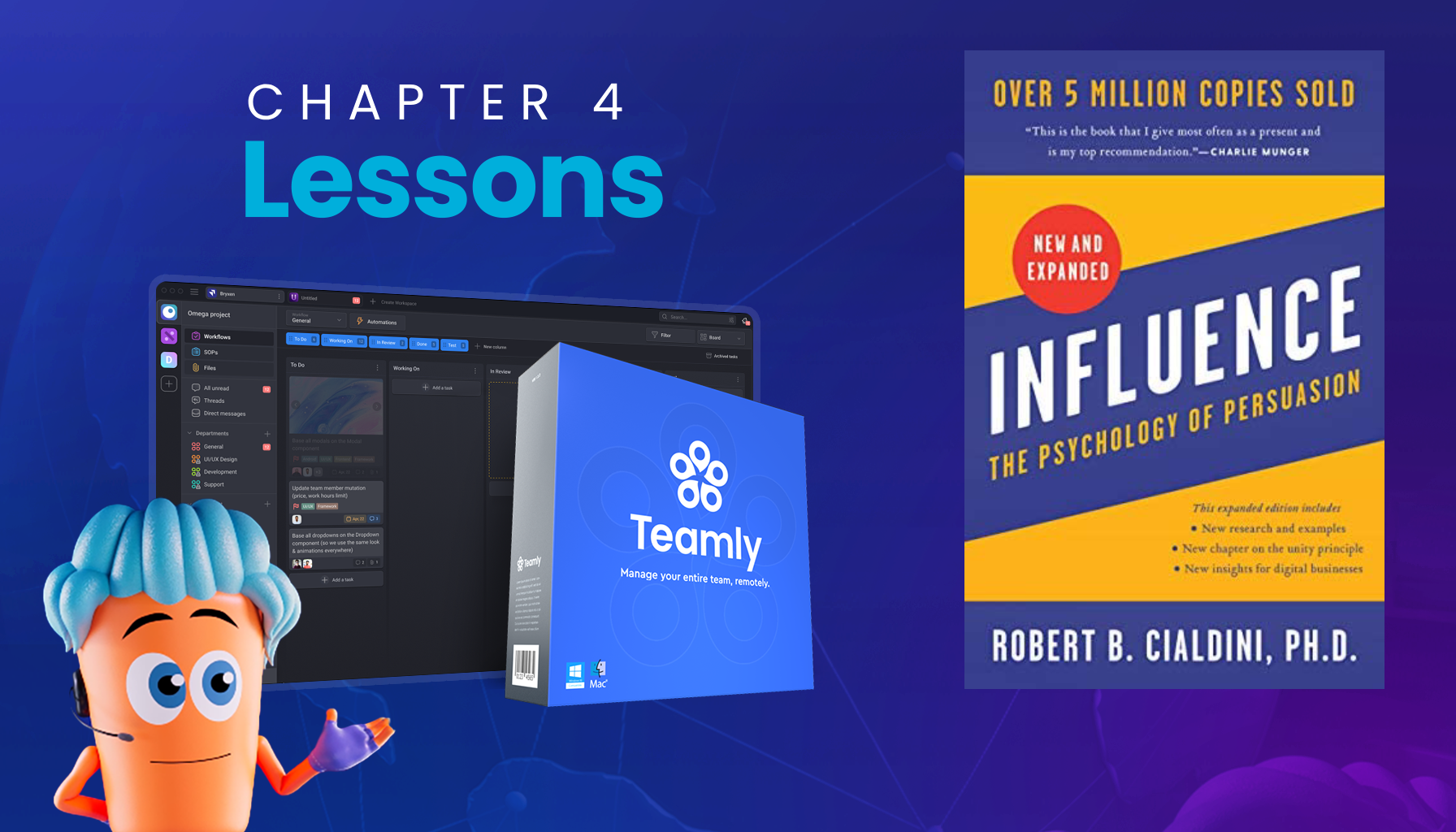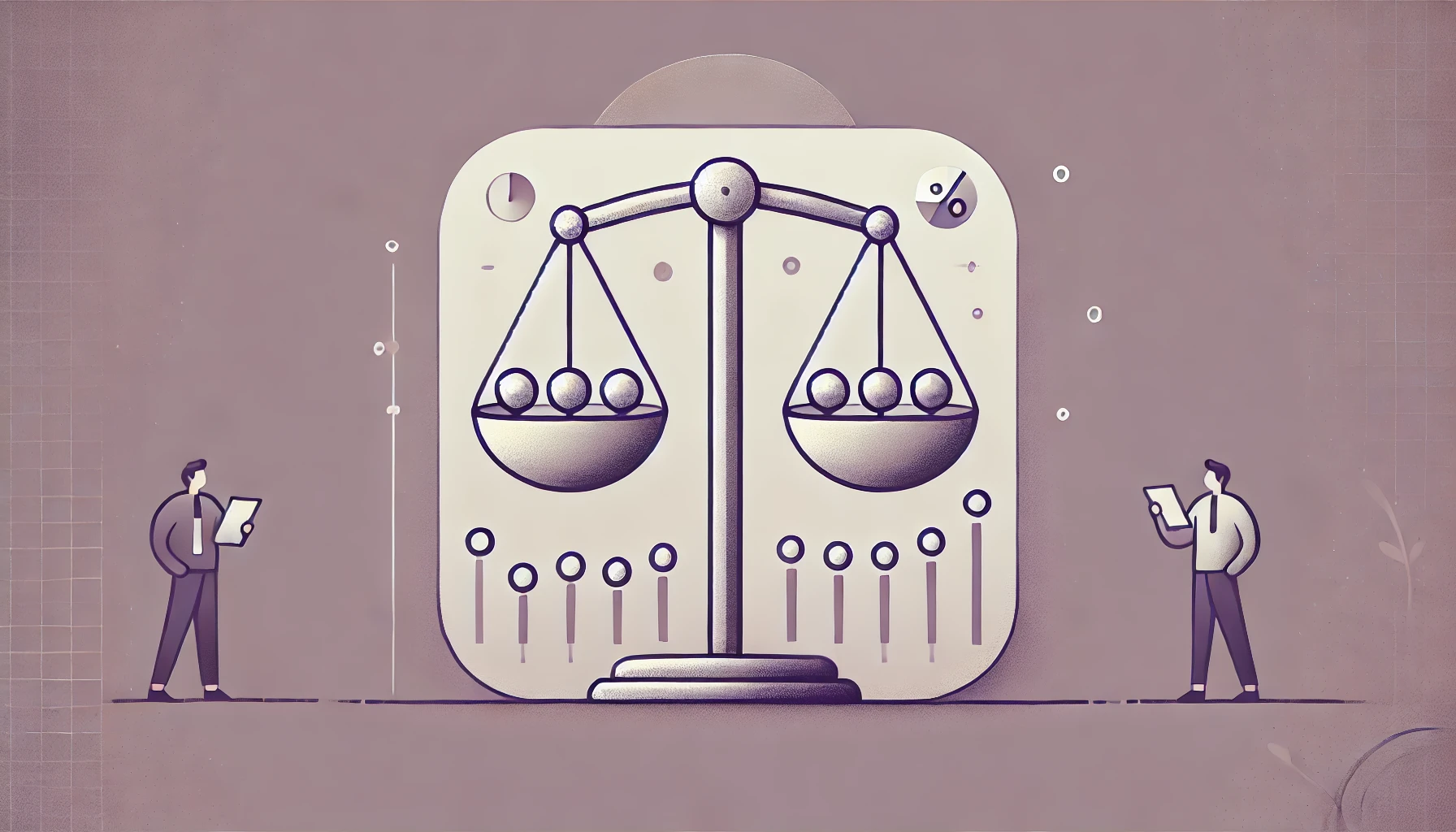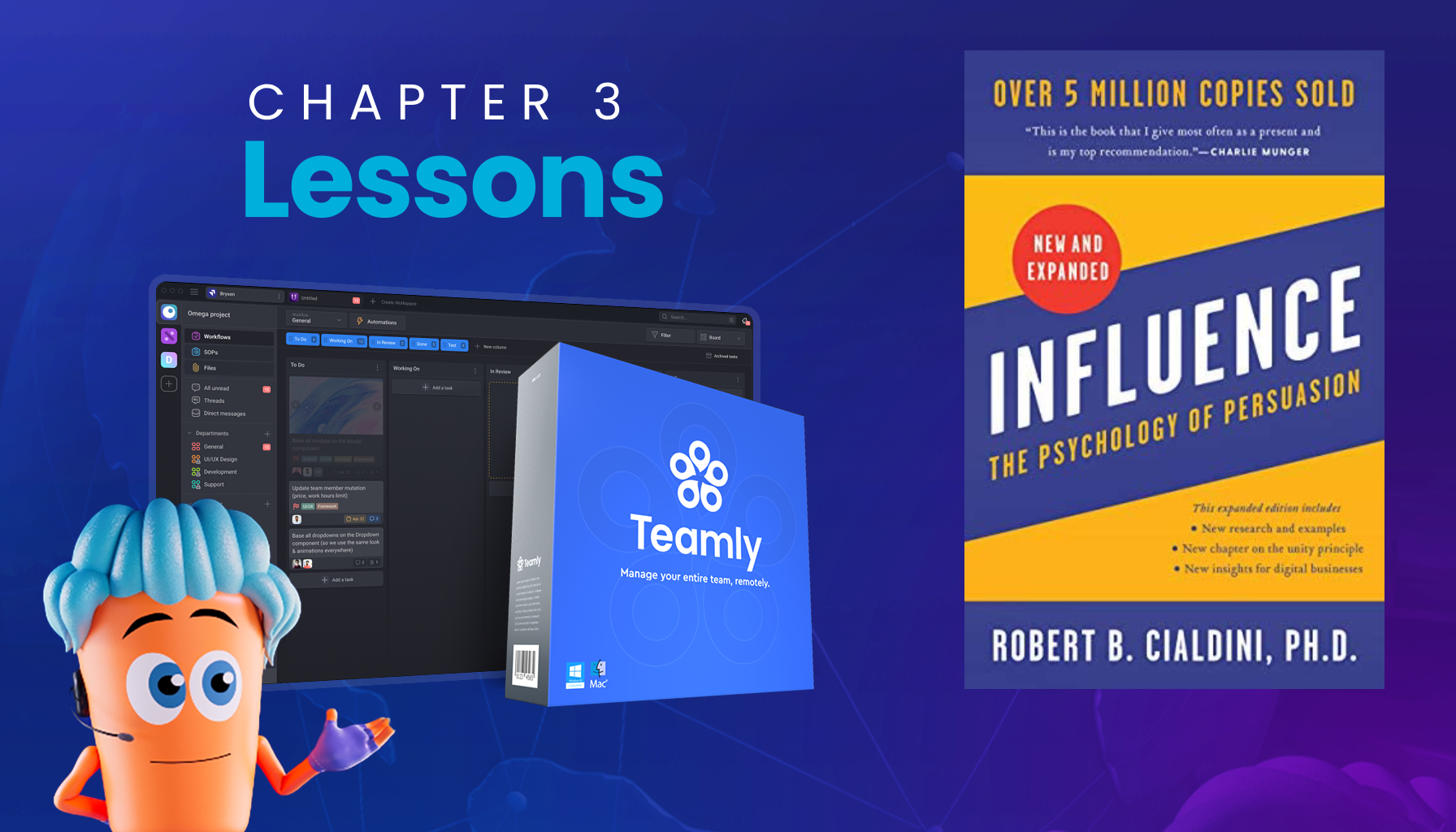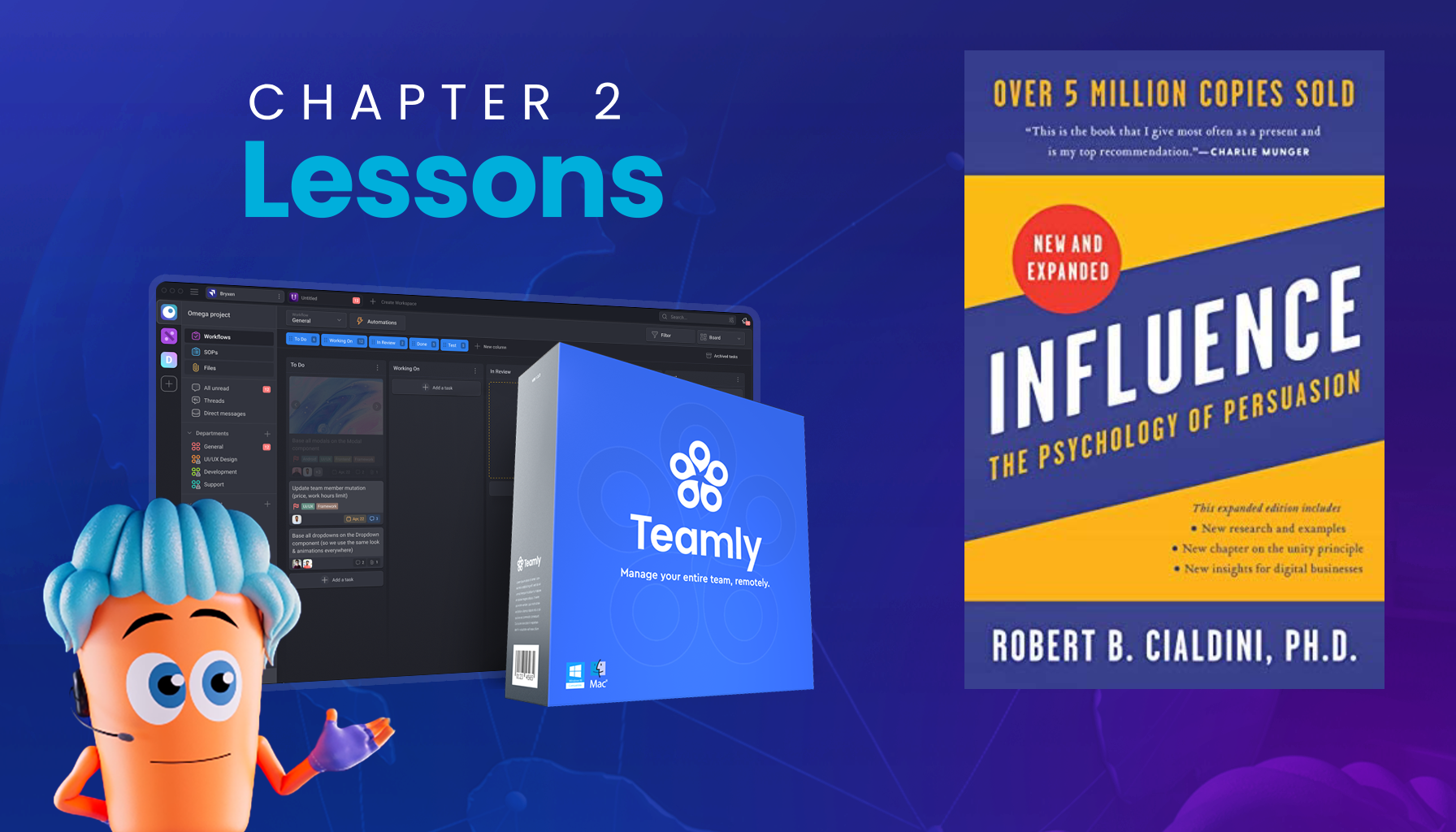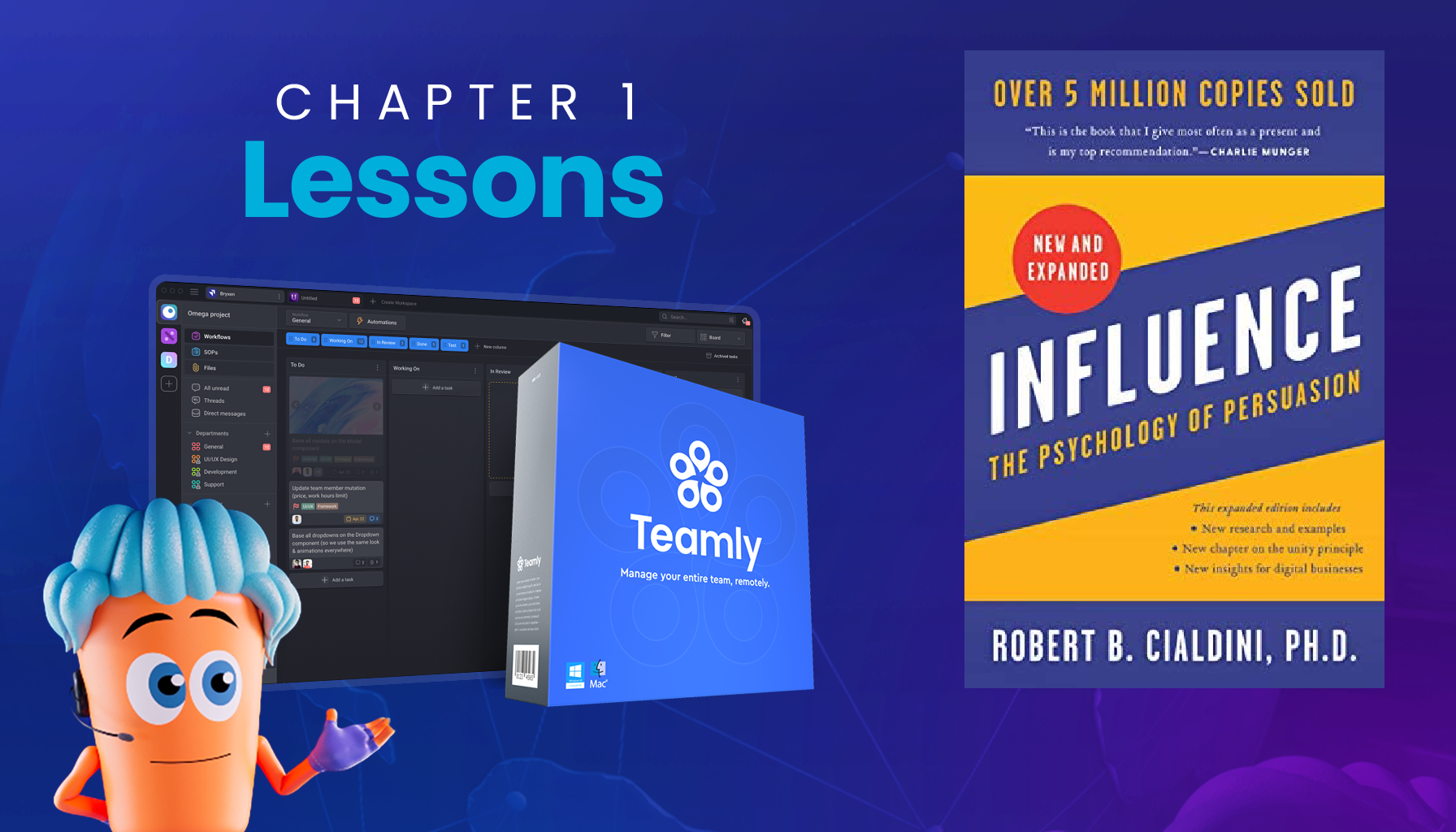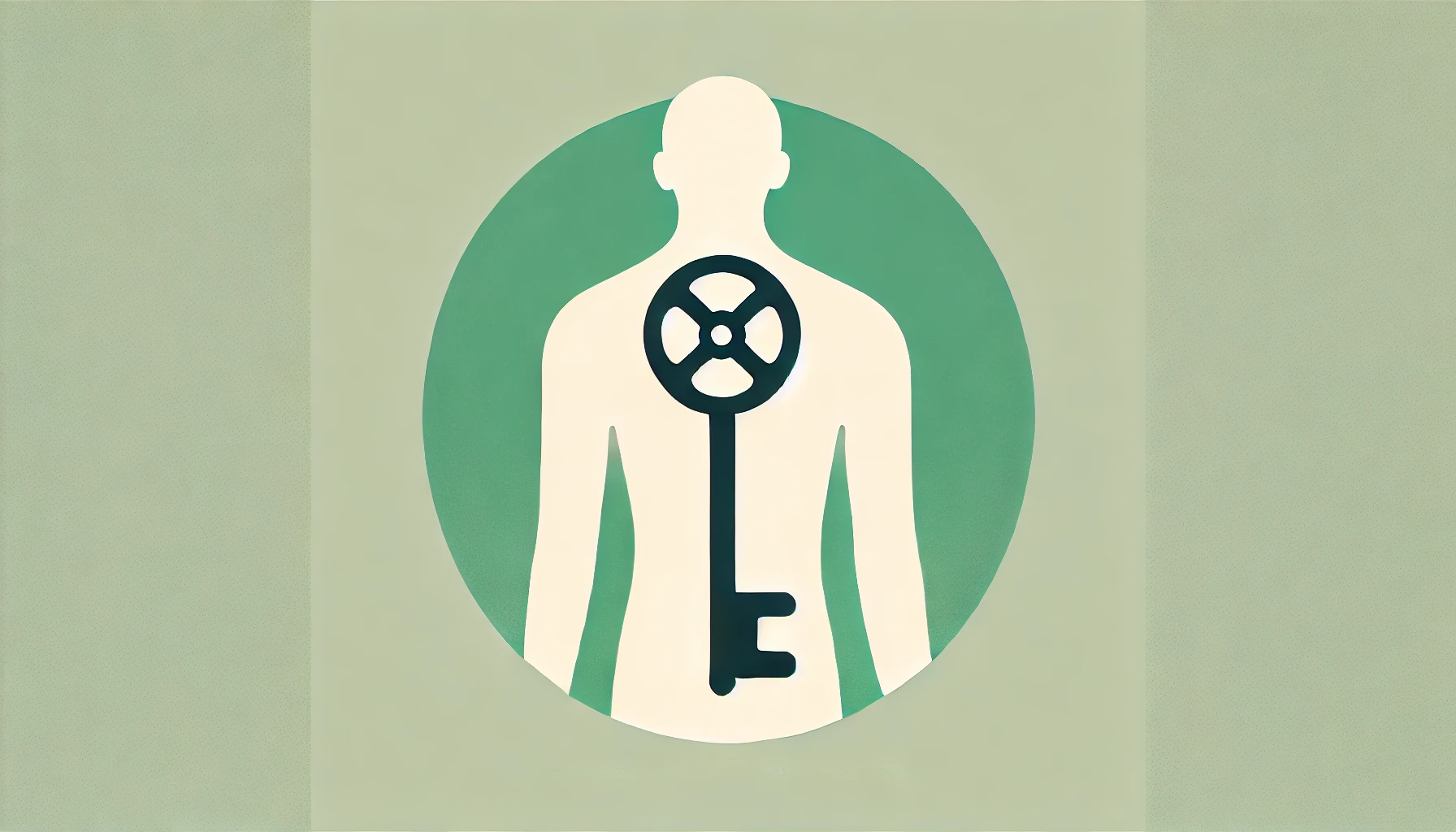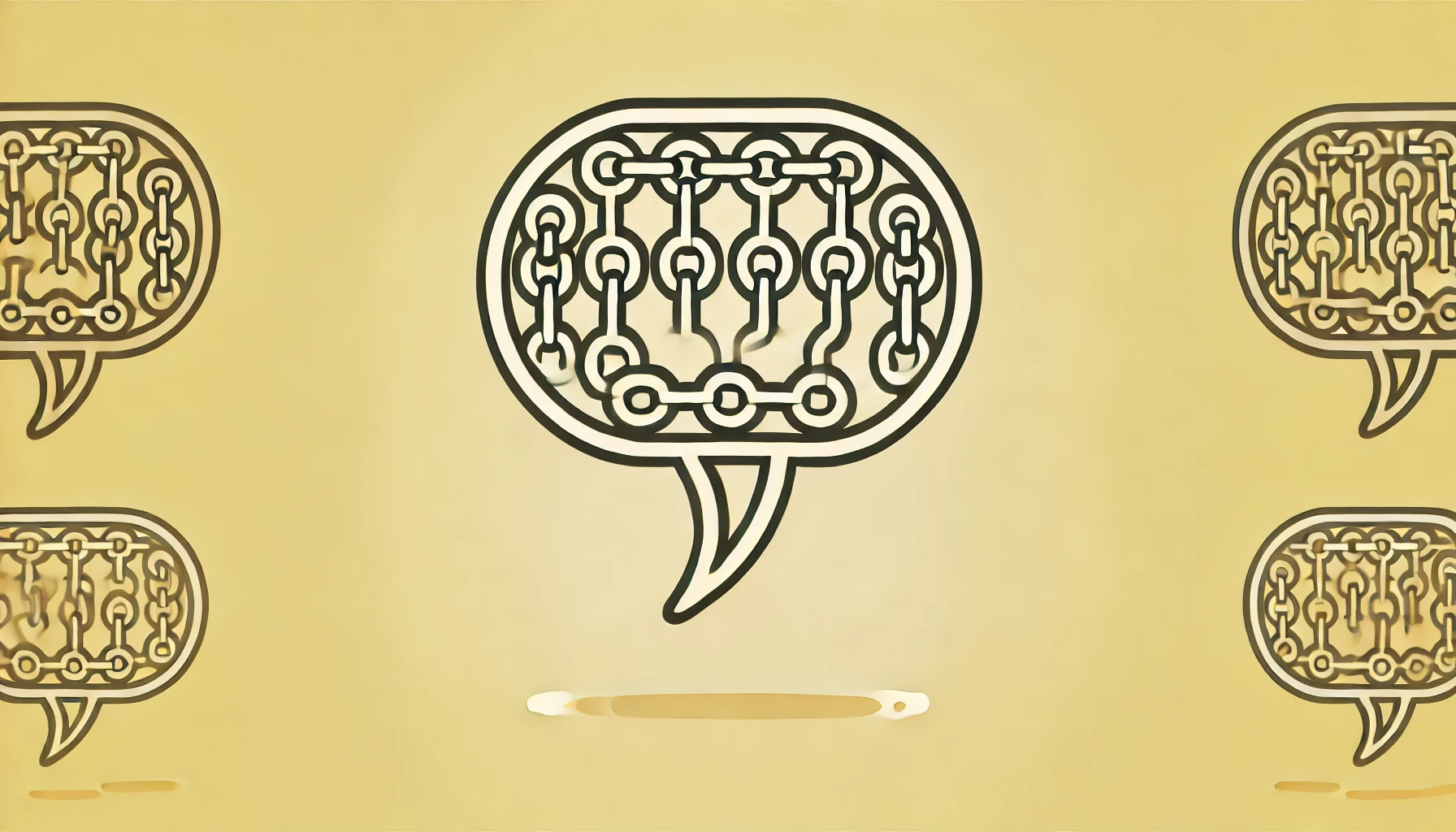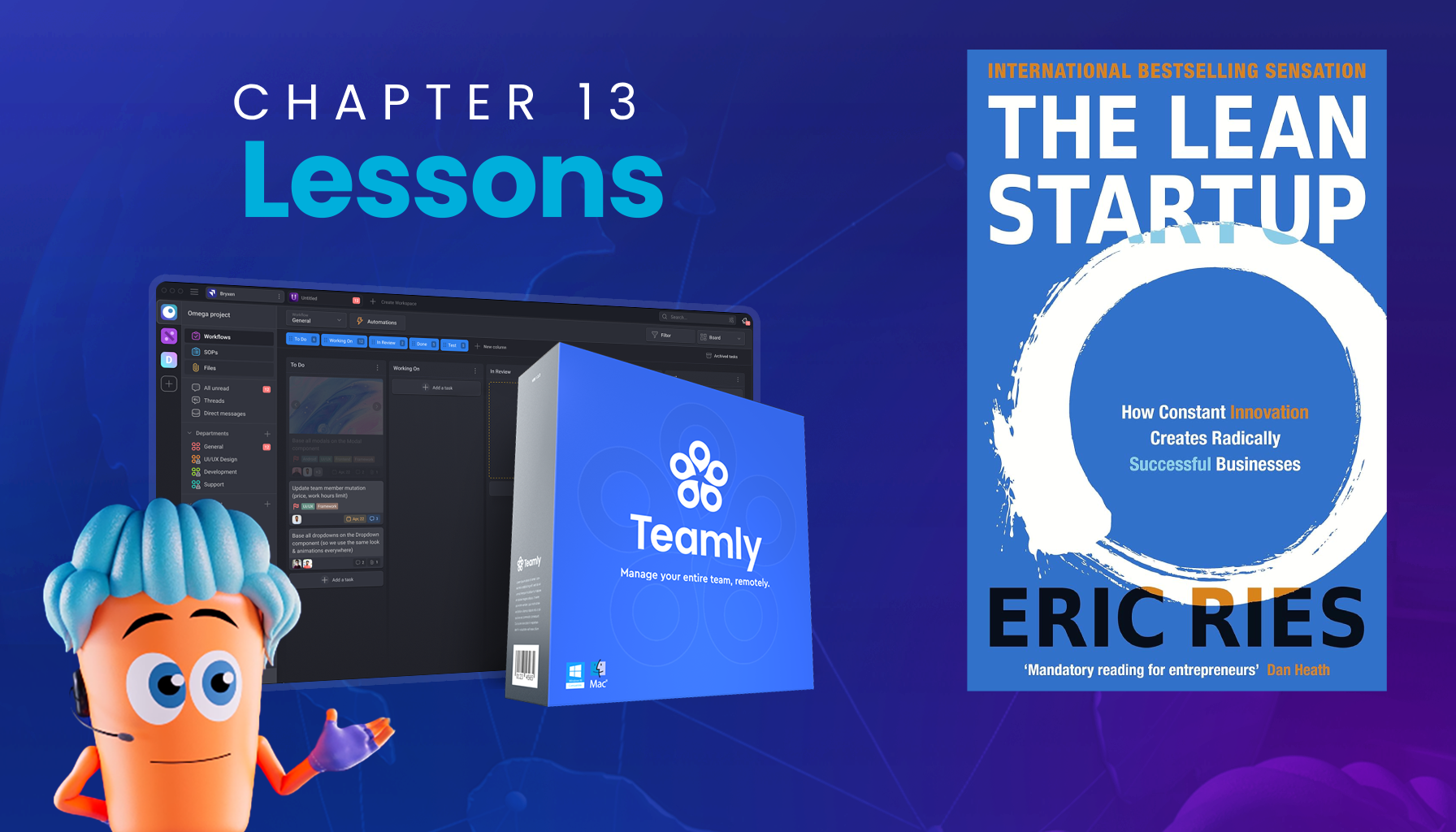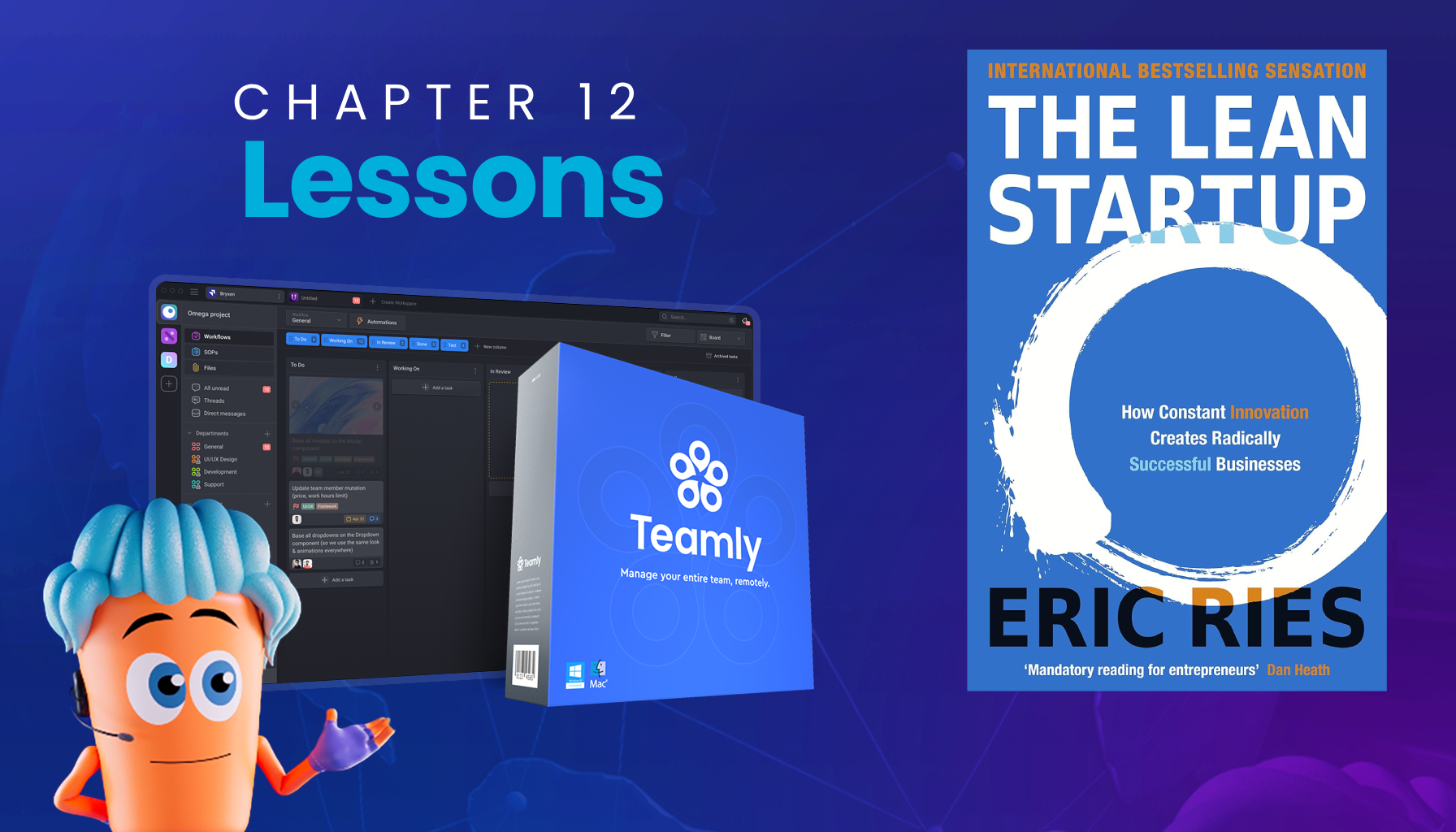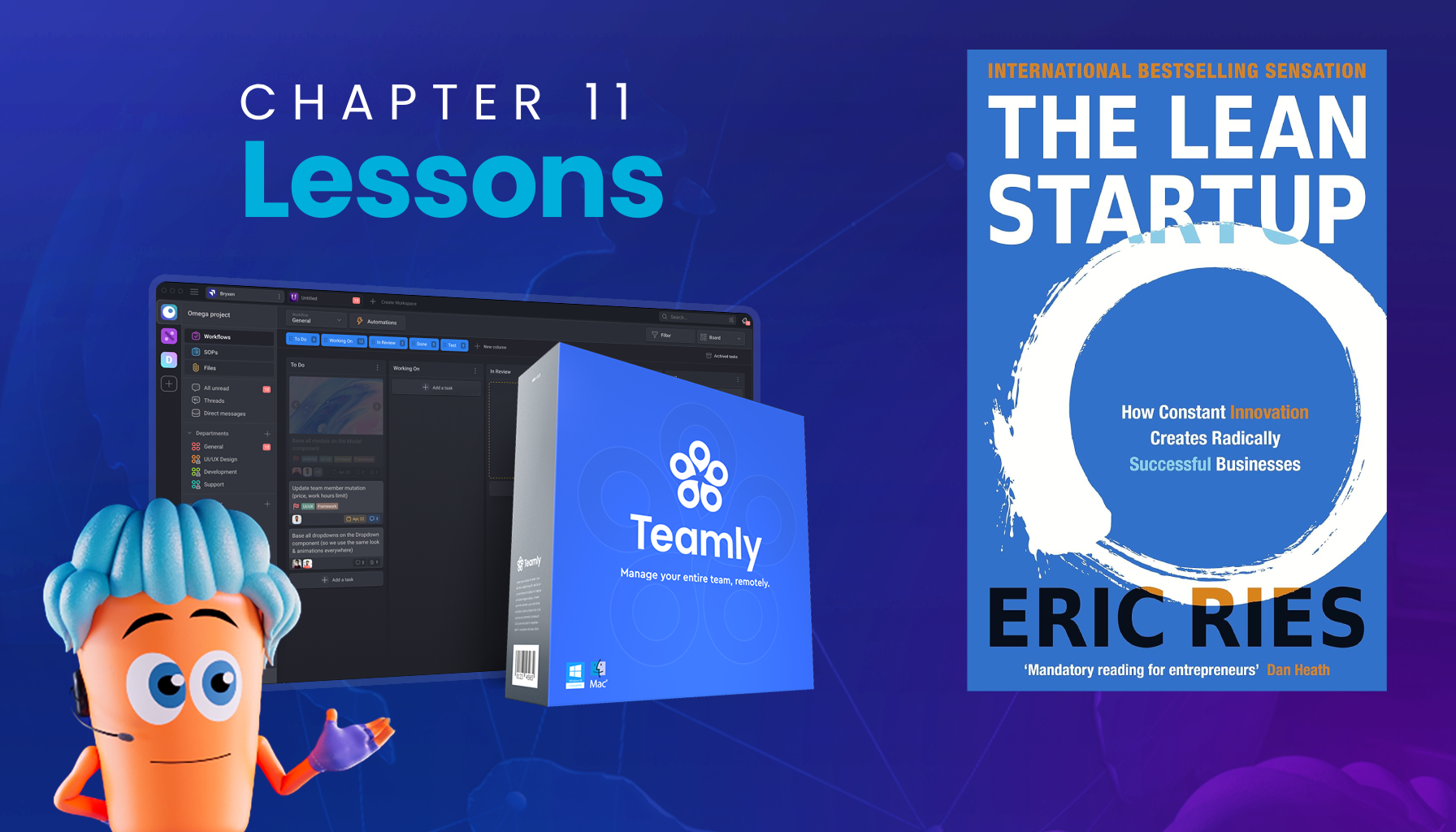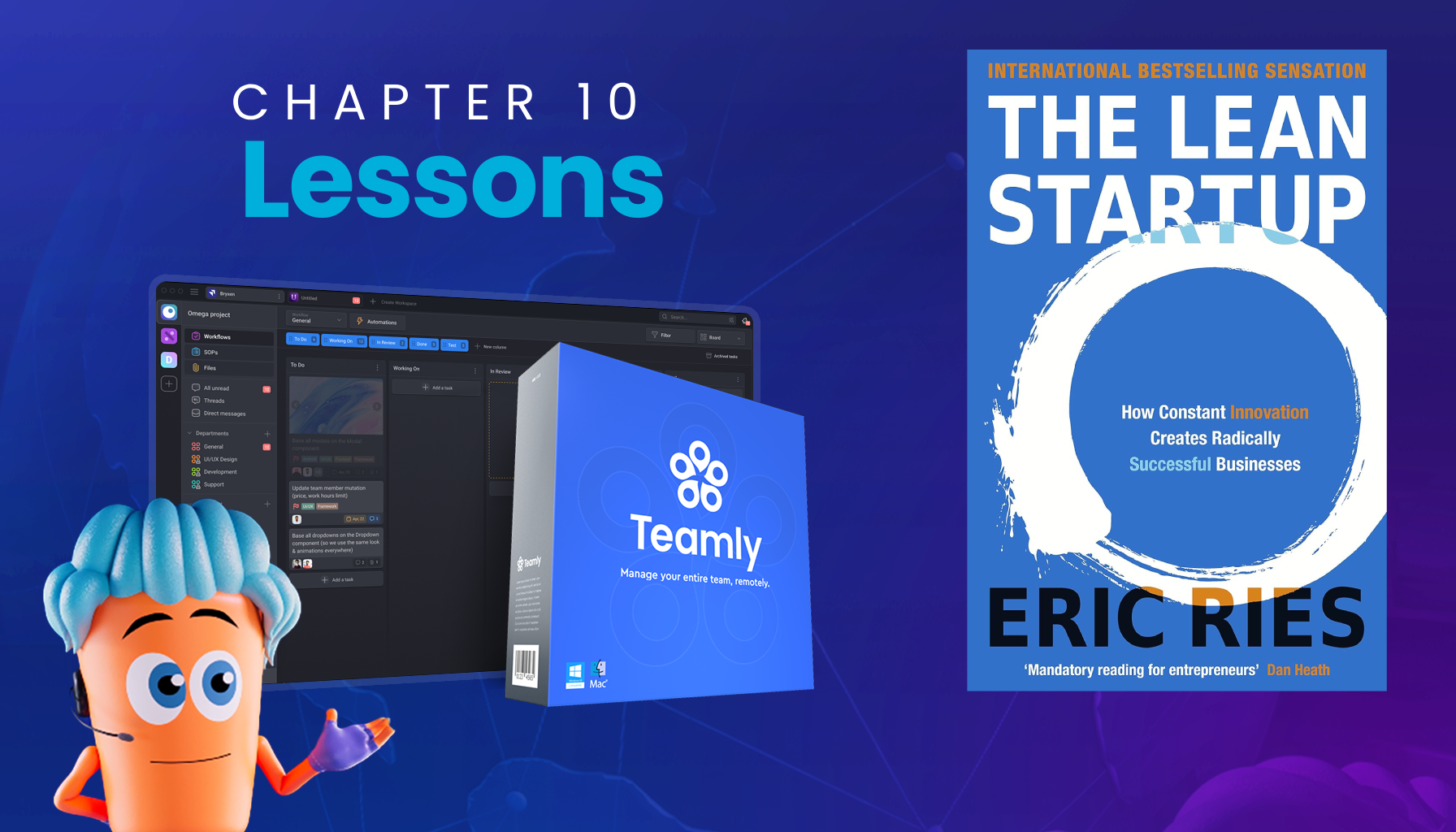Chapter 6 spotlights one of the most compelling psychological triggers in business and social life: scarcity.
The chapter shows how limiting choices or opportunities intensifies people’s desire and willingness to take action. Readers get an inside look at how small language shifts can transform negotiations, why online shoppers respond powerfully to “limited stock” notices, and how fear of loss propels decisions in settings from medical screenings to high-stakes sales presentations.
1. Opening Framework

Titled “Scarcity: The Rule of the Few”, this segment begins with a real-world anecdote about a divorce mediation. The mediator, Sandy, found that couples often hit an impasse until a subtle rephrasing changed the dynamic. Instead of saying, “All you have to do is agree to this proposal, and we will have a deal,” Sandy tweaked it to “We have a deal. All you have to do is agree to this proposal.”
Suddenly, the offer felt already owned, and that shift from potential gain to preventing loss made a striking difference. Sandy reported near-perfect success once using the new phrasing. Though the author questions whether anyone could achieve 100% success, the lesson remains powerful: framing something as almost yours often motivates people more than framing it as a prospective benefit.
2. E-commerce Research Findings
In an extensive study spanning over 6,700 A/B tests, researchers Browne and Swarbrick-Jones (2017) identified the six most effective persuasion triggers:
- Scarcity – flagging items with low stock
- Social Proof – noting popular or trending items
- Urgency – including countdown timers
- Concessions – granting discounts or freebies
- Authority/Expertise – suggesting trusted alternatives
- Liking – fostering warmth, such as greeting returning visitors by name
Perhaps unsurprisingly, scarcity tops the list. Fear of missing out remains potent when a product or service is perceived to be in short supply. Timing also matters: a “24-hour flash sale” or “few items left” banner strongly signals to customers that they must act quickly.

When employed authentically, this approach can lead to substantial conversion boosts. However, overstating or fabricating scarcity can backfire and erode consumer trust.
3. Sales Tactics & Techniques
Scarcity permeates face-to-face sales just as much as e-commerce. Movie theaters promote “limited engagement” runs, fitness centers proclaim an upcoming price increase, and door-to-door magazine sales reps point out that an offer expires “tonight only.” These classic tactics are so widely used because they often work.
Automobile sales, for instance, may warn buyers that a special deal is ending “tomorrow.” Portrait photographers sometimes discard image proofs after 24 hours, nudging parents to make speedy decisions. Whether it’s child photography, gym memberships, or even vacuum cleaners, the underlying message is the same: act now, or forever lose the opportunity.
Teamly software can also introduce users to a limited trial window, motivating them to sign up swiftly. More information can be found at Teamly.
4. Loss Aversion Research

Loss aversion studies show people are consistently driven to avoid losing more than to achieve gains. Experiments reveal that individuals may go to remarkable lengths—sometimes even cheating—to prevent a dip in status or resources. This mindset extends across:
- Attention & Arousal: People fixate more on threats of loss, with elevated heart rates and sharper focus.
- Medical Screenings: Messaging that underscores “what could be lost” generally boosts participation in tests like mammography or HIV checkups.
- Sports & Business: From golfers focusing on avoiding bogies to corporate leaders fretting over potential deficits, losing carries more psychological weight than winning.
The takeaway is clear: if something feels almost guaranteed, people strive fiercely not to forfeit it.
5. Real-World Applications
Scarcity appears all around us. The Mormon Temple example highlights a limited-time tour of a typically restricted inner section. This temporary opportunity spurred swift public interest. A Bookman’s resale shop likewise discovered that spotlighting a rare collectible—like a vintage Richard Scarry book—drew eager buyers.

Appliance stores often leverage a similar notion. A shopper who learns an item was “just sold” (or is down to its last floor model) feels a jolt of urgency about what remains. When scarcity is genuine, it can expedite decision-making and boost excitement.
6. Psychological Foundations
The evolutionary argument proposes that humans learned to respond decisively when resources dwindled. If a water source or food supply suddenly dropped, ancestral survival likely hinged on addressing that shortage immediately. This reflex now extends to modern life, where limited or exclusive products spark the same primal urgency.
A phenomenon called the “precious mistake” also reflects scarcity’s magnetic pull. Slight production errors—like a misprinted stamp—become rare collectibles worth substantial sums. Another illustration is the fervor surrounding new iPhone releases, where individuals wait overnight, or even days, to be among the first to buy.
Studies at Florida State University further confirm that when a once-accessible option vanishes, interest in it skyrockets. It’s almost as if human psychology flips a switch the instant something transitions from “available” to “no longer yours.”
7. Key Research Examples
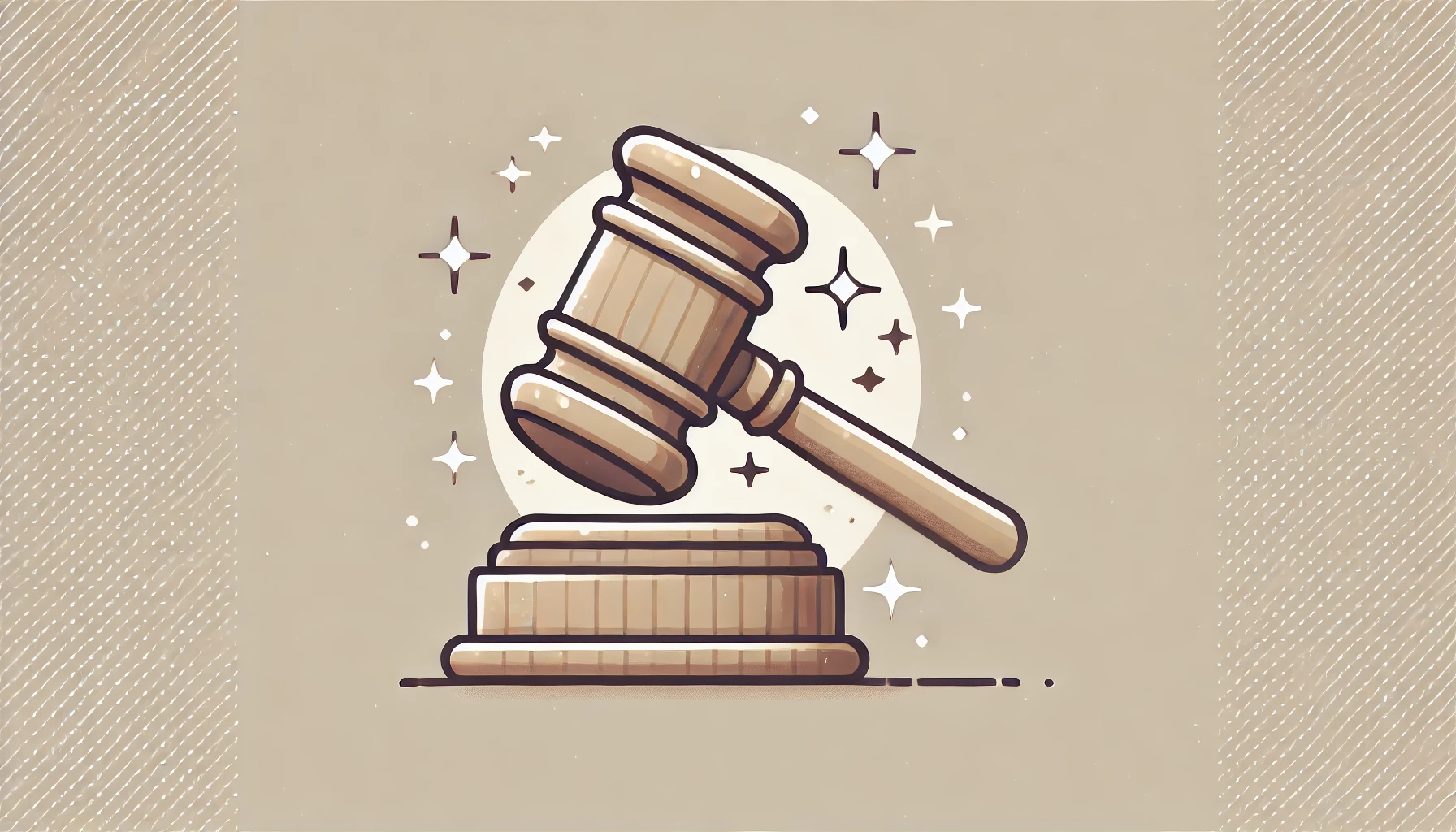
A classic study with a university cafeteria tested how students reacted after losing access to a popular food item. Predictably, many who were indifferent before the shortage swiftly grew intent on regaining it. This shift reveals how losing an option often intensifies its perceived value.
In business, managers and executives show the same preference for avoiding losses. Time and again, proven research demonstrates they’ll prioritize preventing a financial setback over a similarly sized opportunity to profit.
8. Boiler Room Operations
Scarcity can become a tool for scammers running “boiler rooms.” The typical blueprint is:
- Credibility Setup: Fancy addresses, polished literature, and professional phone manners.
- FOMO Creation: Offer a supposedly hot stock, then withdraw it, building intrigue.
- Last-Chance Pitch: Claim a final opening has just become available, and it’s now or never.
These tactics exploit the fear that an exclusive window will slam shut. One victim recounted losing thousands by repeatedly buying into “one-time opportunities” for scarce metals like silver or oil. Each phone call invoked urgency, effectively bypassing logical scrutiny.
9. Psychological Reactance Development
Scarcity is closely tied to psychological reactance, the resistance people show when a freedom is threatened. Children as young as two, known for the “terrible twos,” push back fiercely against constraints. A parallel resurfaces in adolescence, where parental interference in relationships can kindle the Romeo and Juliet Effect: interference intensifies romantic bonds.
Across ages, any perception that choices are shrinking compels individuals to fight for autonomy. Even mundane restrictions, like banning a favorite snack, can make it suddenly irresistible.
10. Censorship & Adult Reactance
Censorship often triggers a similar force. When government or local regulations remove certain goods or content, they inadvertently elevate these items in the public’s eyes. A phosphate ban in Miami led to the rise of “soap caravans” and stockpiling, while laws requiring gun ownership in Kennesaw stirred an influx of curious buyers and defiant locals alike.
Universities offer prime research environments for censorship studies. In numerous experiments, once something is deemed “restricted,” participants yearn for it all the more. In legal settings, jurors told to disregard “inadmissible” evidence can end up focusing on it.
11. Reducing Reactance & Using Scarcity Ethically
Persuaders can balance scarcity appeals with honesty. Two strategies stand out:
- Early Disclosure: Revealing potential downsides builds trust and offsets automatic skepticism.
- Freedom Emphasis: A simple nod to autonomy—“It’s up to you,” “No pressure”—prevents reflexive resistance.
When scarcity is presented truthfully, customers tend to appreciate the transparency. The technique can enhance excitement without compromising integrity, nudging people to decide while still respecting their autonomy.
12. Optimal Conditions & Historical Patterns
The famous “Cookie Study” exemplifies scarcity in action: people rate a cookie from an almost-empty jar far more favorably than the identical cookie from a full jar. The difference lies purely in perception.
Historically, the Davies’ J-Curve Theory relates to major societal shifts. Groups experiencing prolonged improvement followed by abrupt setbacks often become the most restless. The American Revolution took shape in a land of relatively low taxes, but new levies triggered a surge of discontent. When prosperity is expected to continue and is suddenly threatened, the response can be explosive.
13. Competition for Scarce Resources
Competition amplifies scarcity. Auctions and product launches harness this by encouraging buyers to act swiftly before someone else claims the last unit. Bidding wars sometimes escalate beyond rational limits.
Television rights for The Poseidon Adventure illustrate this dynamic. Bidders, eager to avoid losing, pushed the price well beyond sensible calculations, proving that the fear of missing a lucrative deal can overshadow logical decision-making.
14. Commercial Applications of Scarcity
Stores often run flash sales or highlight limited stock to prompt a buying frenzy. A practice called “loss leader” marketing advertises exceptionally discounted goods to draw foot traffic, assuming those customers will buy more.
One individual, Richard, profited by flipping cars through strategic weekend ads, creating competition among multiple buyers viewing the same vehicle. They felt compelled to act immediately, lest someone else snag the deal first.
15. Defense Against Scarcity Manipulation
The simplest safeguard is to recognize when emotions spike. Scarcity often stirs excitement or panic, so taking a brief pause to evaluate the actual usefulness of the item can clarify whether it’s genuinely important.
A mental checklist helps: Is this truly scarce, or a manufactured gimmick? Does this item solve a real need? Such questions offer a reality check, reducing the risk of impulse decisions fueled by hype.
16. Principles of Effective Scarcity
Scarcity, when real, can be a powerful enhancer of value. New, unexpected limitations spark immediate vigilance—nobody likes losing something they assumed was within reach. Meanwhile, competition-based scarcity also inflames desire because people sense an “us vs. them” scenario.
Brands that use scarcity responsibly see it pay off in both sales and consumer respect. Conversely, bogus “limited time only” claims risk breaking trust and tarnishing reputations. The chapter underscores that genuine scarcity must match reality if long-term relationships with customers are a priority. Get a copy of the book here on Amazon.
